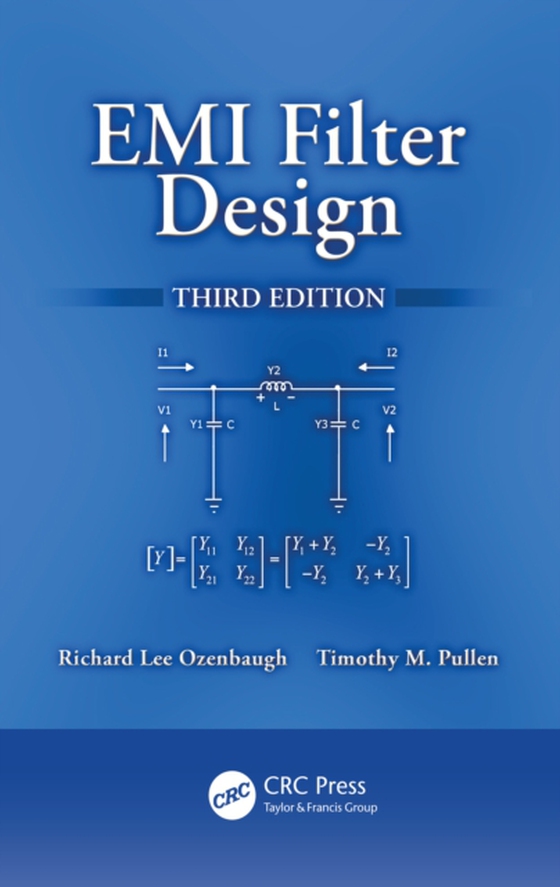
EMI Filter Design e-bog
1094,16 DKK
(ekskl. moms 875,33 DKK)
With today's electrical and electronics systems requiring increased levels of performance and reliability, the design of robust EMI filters plays a critical role in EMC compliance. Using a mix of practical methods and theoretical analysis, EMI Filter Design, Third Edition presents both a hands-on and academic approach to the design of EMI filters and the selection of components values. The desi...
E-bog
1094,16 DKK
Forlag
CRC Press
Udgivet
19 december 2017
Længde
272 sider
Genrer
THRB
Sprog
English
Format
epub
Beskyttelse
LCP
ISBN
9781351833004
With today's electrical and electronics systems requiring increased levels of performance and reliability, the design of robust EMI filters plays a critical role in EMC compliance. Using a mix of practical methods and theoretical analysis, EMI Filter Design, Third Edition presents both a hands-on and academic approach to the design of EMI filters and the selection of components values. The design approaches covered include matrix methods using table data and the use of Fourier analysis, Laplace transforms, and transfer function realization of LC structures. This edition has been fully revised and updated with additional topics and more streamlined content.New to the Third EditionAnalysis techniques necessary for passive filter realizationMatrix method and transfer function analysis approaches for LC filter structure design A more hands-on look at EMI filters and the overall design processThrough this bestselling book's proven design methodology and practical application of formal techniques, readers learn how to develop simple filter solutions. The authors examine the causes of common- and differential-mode noise and methods of elimination, the source and load impedances for various types of input power interfaces, and the load impedance aspect of EMI filter design. After covering EMI filter structures, topologies, and components, they provide insight into the sizing of components and protection from voltage transients, discuss issues that compromise filter performance, and present a goal for a filter design objective. The text also includes a matrix method for filter design, explains the transfer function method of LC structures and their equivalent polynomials, and gives a circuit design example and analysis techniques. The final chapter presents packaging solutions of EMI filters.
 Dansk
Dansk

